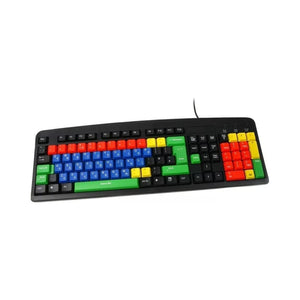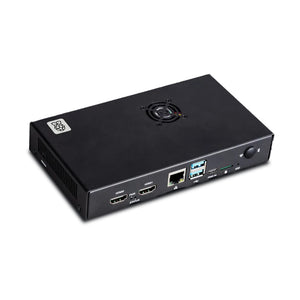In today’s world of rapid technological advancement, old smartphones are often left to collect dust in drawers or are discarded as e-waste. However, these devices still pack a lot of potential — especially if you're someone who loves tinkering and experimenting with tech.
One such idea that can breathe new life into your old Android phones is turning them into GPIO (General Purpose Input/Output) controllers for external devices. Yes, you heard that right! You can use an old Android phone and a USB-to-serial adapter (like the FT232R board) to control external electronics. This opens up a world of DIY possibilities for hobbyists and developers alike.
The concept is simple yet ingenious. By connecting a Samsung Galaxy S4 (or any compatible Android phone) with a USB FT232R board, you can enable GPIO control on the phone. The serial adapter is recognized by Android, and within the Android development environment, you can interact with external devices using the phone's software interface.
In a demonstration by Doctor Volt, an old Galaxy S4 was used to control LEDs and react to external inputs. The beauty of this setup is its non-destructive nature. Instead of letting the phone collect dust, you’re re-purposing it for something fun and educational without any significant modification to the phone itself. Plus, the phone’s existing sensors, cameras, and other hardware can still be used for additional features in your projects!
How It Works:
At its core, the setup uses the FT232R serial adapter, which is connected via USB to the Android phone. This USB module acts as a bridge for controlling external devices through the GPIO pins, which can be accessed and manipulated through the Android development environment. You can write code for this in languages such as Java, Kotlin, or even C/C++ using the Native Development Kit (NDK).
This method opens up opportunities for a range of DIY projects, from simple tasks like controlling LEDs to more advanced projects involving sensors, motors, or even building a home automation system using your old phone. With a bit of programming and creativity, the possibilities are endless!
Practical Applications:
- LED Control: Blink LEDs, control light patterns, or create a custom lighting system.
- Sensors: Read data from external sensors like temperature, humidity, or motion sensors.
- Home Automation: Integrate the phone as part of a home automation system, using GPIO to trigger devices or receive inputs from switches.
- Robotics: Use the GPIO pins for controlling motors or actuators in a robot or drone.
- IoT Projects: Combine your old phone with other IoT devices for fun, connected projects.
The Only Catch:
There is one small limitation when using this setup — charging the phone while it's connected to the FT232R adapter. The solution is relatively simple for older models like the Samsung Galaxy S4, which has a removable battery. By using an external power supply with a dummy battery-sized piece of perfboard, you can keep the phone powered while it's being used as a GPIO controller.
However, for modern phones that no longer have removable batteries, things are a bit trickier. With modern USB-C connectors, it's often possible to simultaneously use an adapter for USB/audio dongles and charge the device, but it's important to check the specific phone's capabilities to ensure this setup works.
Why This Is a Game-Changer:
What makes this project so exciting is how it gives new life to old devices, turning them into functional, customizable platforms for a wide range of DIY electronics projects. Rather than tossing your old Android phone away or leaving it to gather dust, you can reuse it as a tool for building unique projects. It’s an affordable way to dive into the world of electronics and microcontrollers without buying additional hardware.
Getting Started:
- What You’ll Need:
- An old Android phone (Samsung Galaxy S4 or similar)
- FT232R USB-to-serial adapter board
- USB OTG (On-The-Go) cable
- Arduino-style GPIO pins or external devices to control
- Basic knowledge of Android development or programming in Java/Kotlin/C++
- Resources:
- Doctor Volt's Full Video Demonstration – Watch the full tutorial and get step-by-step instructions on how to get started with this exciting project.
Reusing an old Android phone for GPIO control with an FT232R board is a brilliant way to recycle tech, explore DIY projects, and enhance your electronics skills. Whether you're a hobbyist looking for a fun project or an educator teaching students about electronics and programming, this is a fantastic way to breathe new life into an old device and learn new things along the way.
So, before you throw that old phone into the drawer, consider this: Your phone might just have a few more tricks up its sleeve!








